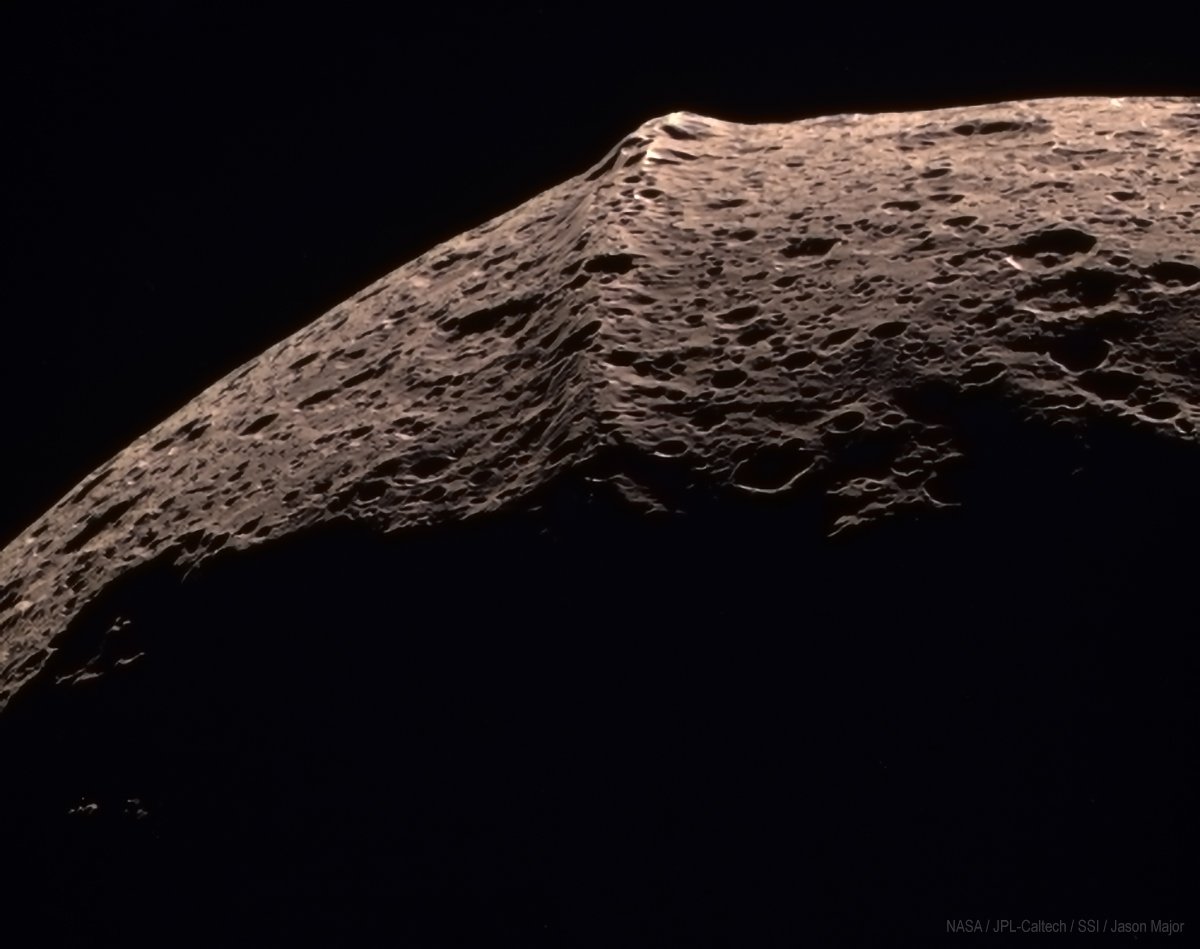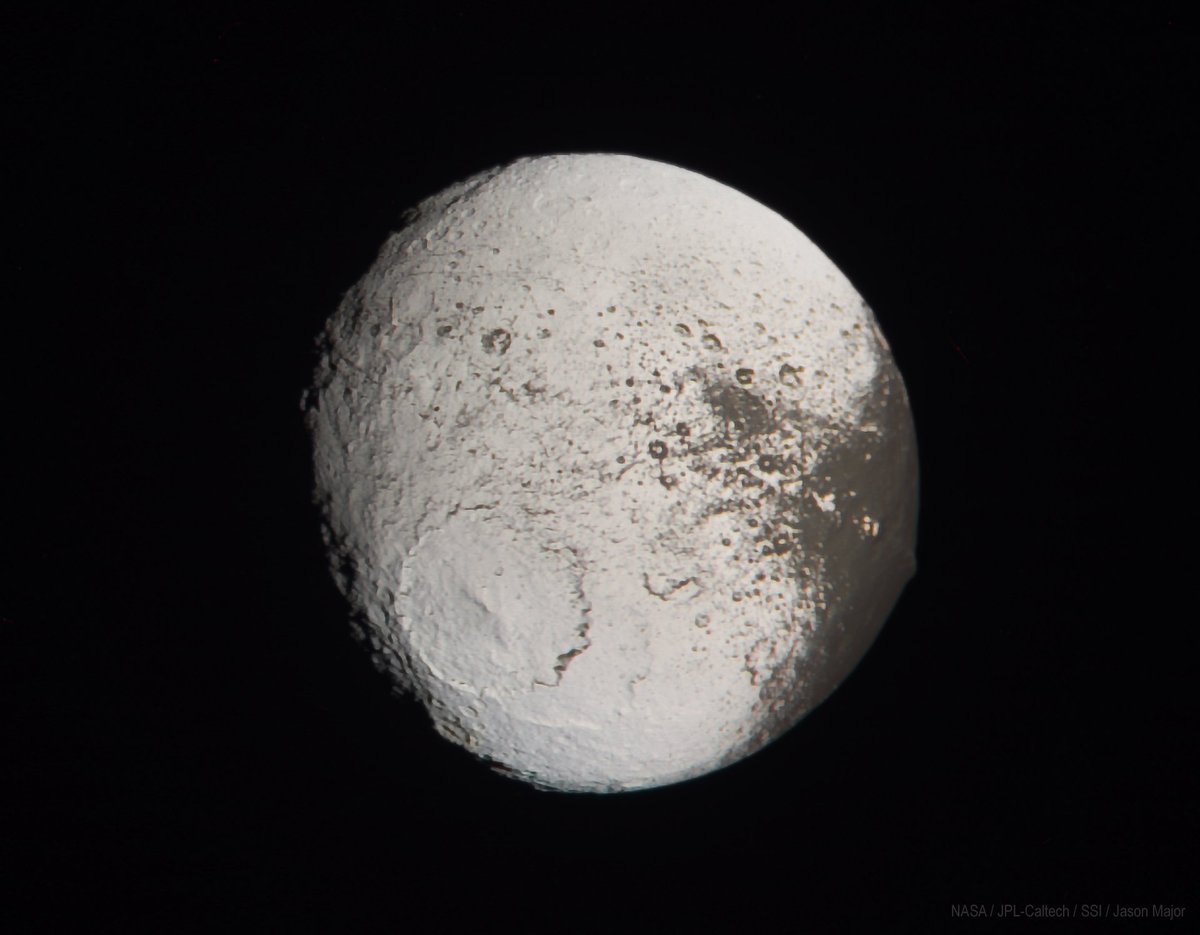
Space exploration aficionado and NASA image processor. @ https://t.co/HotPjLJOi8
How to get URL link on X (Twitter) App





 5. From the Far Ultraviolet Camera on Apollo 16
5. From the Far Ultraviolet Camera on Apollo 16




 The crater visible in front of Old Nameless, one of the Triplet craters, is only about another 100 meters beyond Shepard. This photo was taken by Ed Mitchell from Station H. (I adjusted contrast and cleaned up some vertical streaks in the sky area and removed the Réseau marks.)
The crater visible in front of Old Nameless, one of the Triplet craters, is only about another 100 meters beyond Shepard. This photo was taken by Ed Mitchell from Station H. (I adjusted contrast and cleaned up some vertical streaks in the sky area and removed the Réseau marks.) 

 This is the golf club Shepard used on the Moon to drive his ball "miles and miles"
This is the golf club Shepard used on the Moon to drive his ball "miles and miles" https://twitter.com/contactlight69/status/1489993981358452737?s=20&t=CRt6XeofcS_crCg7hy3aPw

https://twitter.com/NASAMoon/status/1477297089835061248?s=20&t=0Nm7vpQBhjtkM_m_Qlw9Hg
https://twitter.com/ddavisspaceart/status/1278024332736786437

https://twitter.com/LIGO/status/1409859948498931716


 Séan Doran also made some nice renderings of Perseverance's position after landing from digital terrain data
Séan Doran also made some nice renderings of Perseverance's position after landing from digital terrain data https://twitter.com/_TheSeaning/status/1362554302049435652?s=20


 I've got some Mars color presets in Photoshop to make greyscale images into something sort of like natural lighting, so I just applied them here to the screen shots.
I've got some Mars color presets in Photoshop to make greyscale images into something sort of like natural lighting, so I just applied them here to the screen shots.

https://twitter.com/ThePlanetaryGuy/status/1362176198936248325Here's a close-up of part of the fascinating landscape within the target #Perseverance landing and exploration area in Jezero, captured by the @HiRISE camera aboard NASA's MRO in July 2014. (Colored cropped and original map-projected monochrome versions.)





 Earth's Moon is 2,158 miles / 3,473 km wide and around 238,000 miles / 383,000 km away.
Earth's Moon is 2,158 miles / 3,473 km wide and around 238,000 miles / 383,000 km away.https://twitter.com/LeoLabs_Space/status/1316410780552699909With a combined mass of over three tons, these two orbiting objects will miss each other by about 40 feet.😬


 Here's a wide-angle view of Iapetus from the same observation set on 9/10/07. Color comp made from images acquired in IR, G, and UV.
Here's a wide-angle view of Iapetus from the same observation set on 9/10/07. Color comp made from images acquired in IR, G, and UV. 